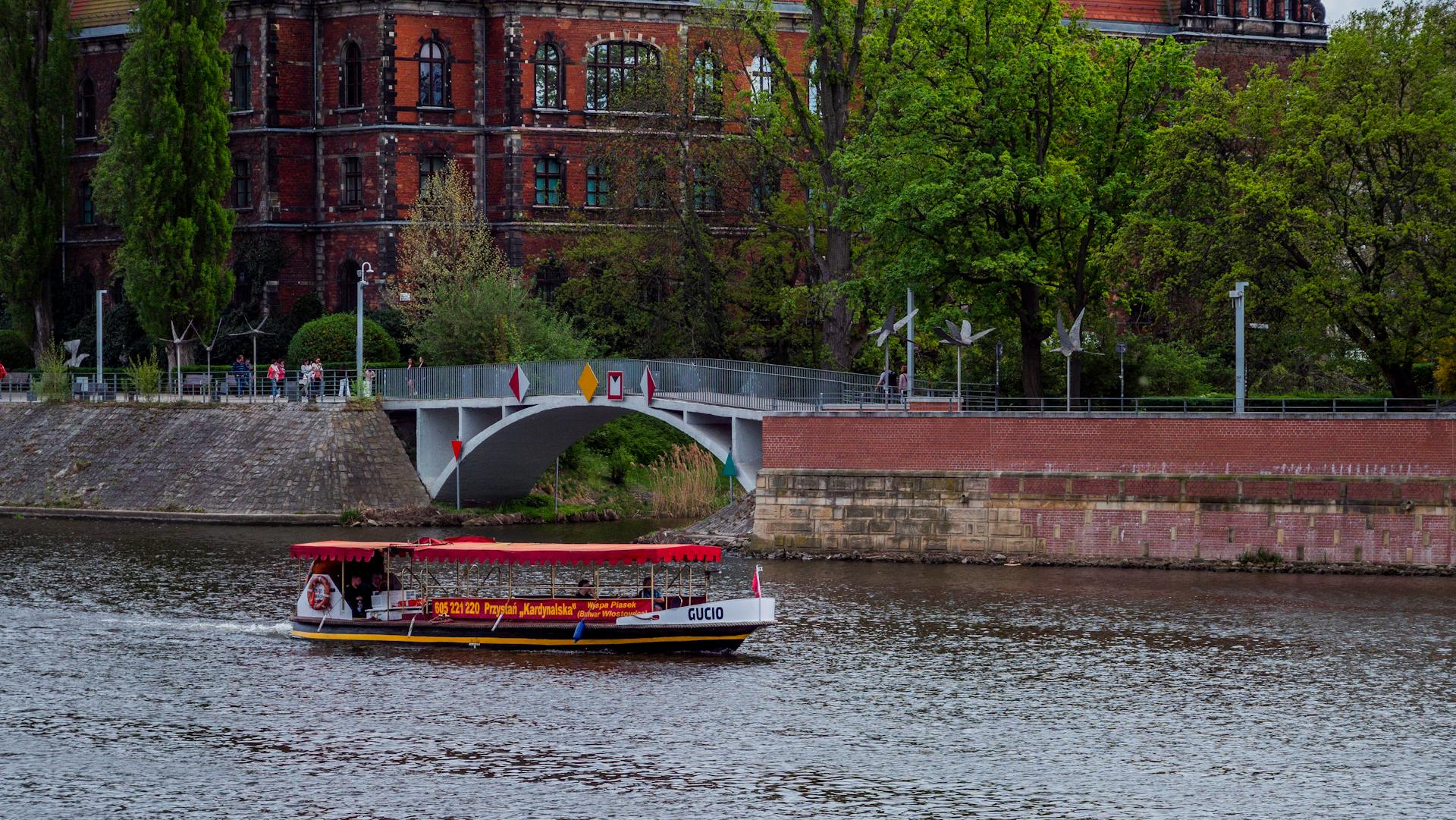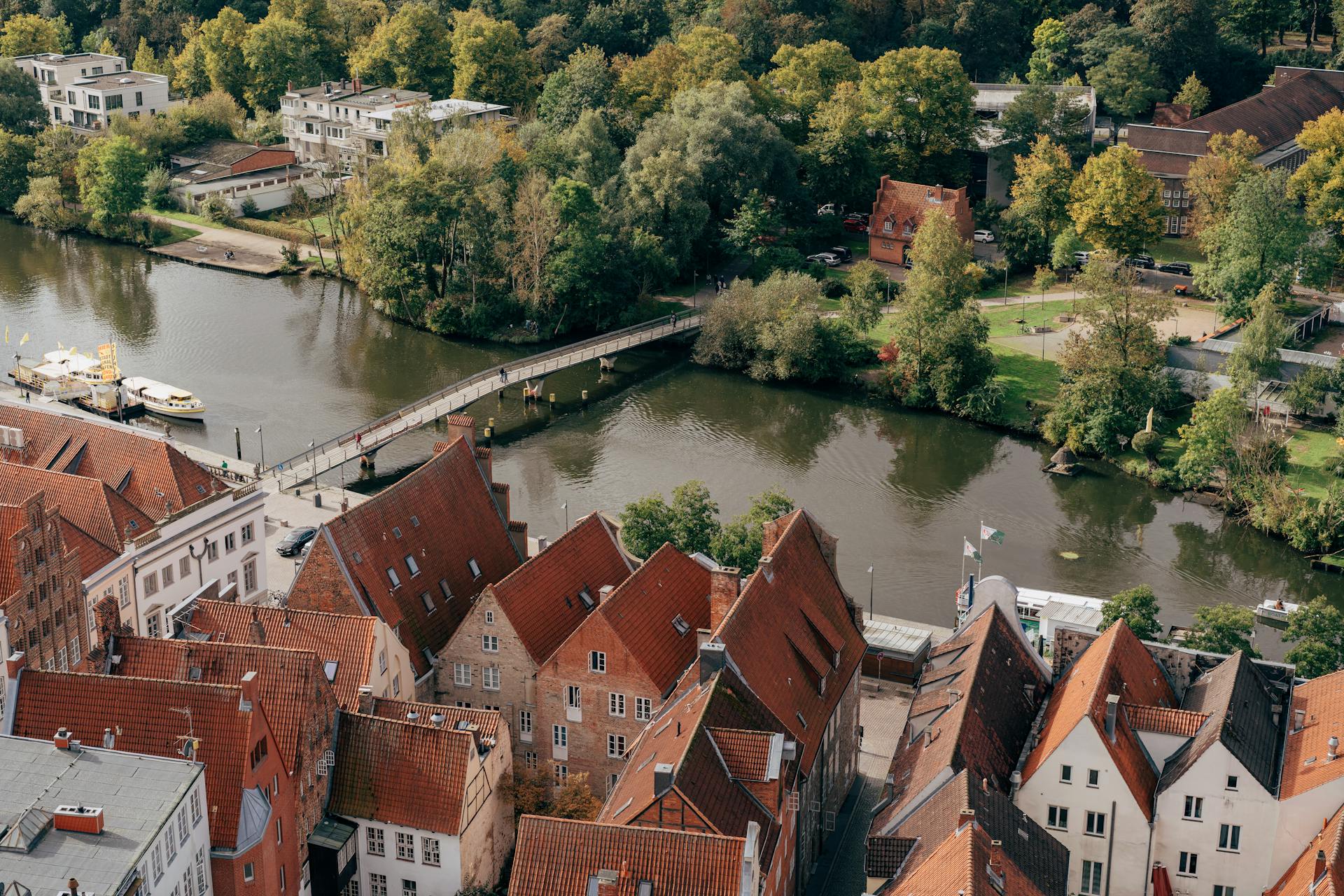
The Rhine and Main rivers have been a vital part of Germany's postal history, with the first airmail flights taking place in the early 20th century.
The Rhine and Main rivers were chosen for airmail flights due to their strategic location and importance for trade and commerce.
The first airmail flights were operated by Deutsche Luft Hansa, which later became Lufthansa, and began in 1919.
The airmail service initially connected major cities like Frankfurt, Mainz, and Koblenz along the Rhine and Main rivers.
The airmail service was a significant improvement over traditional postal services, allowing for faster and more reliable delivery of mail.
The airmail service also played a crucial role in facilitating communication and trade between cities and regions along the Rhine and Main rivers.
The airmail service was eventually standardized, with regular flights and routes established to meet the growing demand for mail delivery.
The airmail service was also subject to strict regulations and guidelines, including rules for mail packaging and handling.
Today, the Rhine and Main rivers continue to play an important role in Germany's postal history, with many museums and archives dedicated to preserving the history of airmail and postal services.
History of Flugpost

The first official airmail flight took place on June 10, 1912, with Ferdinand von Hiddessen at the helm.
Ferdinand von Hiddessen flew a Doppeldecker called the "Gelber Hund" (Yellow Dog), which was built by August Heinrich Euler, a pioneer in motorized flight.
The flight started at 19:04 from Frankfurt-Niederrad and took 13 minutes and 27 seconds to cover the 27 kilometers to Darmstadt, where a post exchange took place.
Hiddessen then continued to Worms with 79 kilograms of post, landing there at 21:00.
This flight marked the beginning of the Flugpostwoche (Air Mail Week) that took place from June 10 to 23, 1912, along the Rhine and Main rivers.
Special Flugpost-Karten (air mail cards) were created for this occasion, which had to be franked with a regular postcard stamp and an additional air mail stamp.
First Flight
The first flight of Flugpost took place on June 10, 1912, at 19:04.
Ferdinand von Hiddessen flew a Doppeldecker aircraft, nicknamed the "Gelber Hund" due to its yellow wings, from Frankfurt-Niederrad to Darmstadt.
He carried 40 kilograms of post with him on this inaugural flight.
The 27-kilometer journey took him 13 minutes and 27 seconds to complete.
In Darmstadt, Hiddessen exchanged the post for more, increasing the weight to 79 kilograms.
He then continued his flight to Worms, landing there around 21:00.
This flight marked one of the first official postal flights worldwide.
It also kicked off the Flugpostwoche, a week-long event that took place from June 10 to 23, 1912, along the Rhine and Main rivers.
The event included stops in Worms, Darmstadt, Frankfurt am Main, Mainz, and Offenbach.
It was one of the first major aerial postal events in the world.
For the postal service, special Flugpost-Karten were designed, which had to be franked with a Luftpost-Marke in addition to the regular postcard rate of 5 Pfennig.
Eröffnung der Flugpost 1912
On June 10, 1912, a significant milestone in the history of flugpost was marked with the opening of the flugpost service along the Rhine and Main rivers.
Ferdinand von Hiddessen, a German officer, flew one of the world's first official postal flights from Frankfurt am Main to Darmstadt and Worms, carrying 40 kilograms of post.
The flight was made possible by the "Gelber Hund" (Yellow Dog), a specially designed aircraft built by August Heinrich Euler in Darmstadt, which featured a distinctive yellow color scheme.
Von Hiddessen took off from Frankfurt-Niederrad at 7:04 PM and completed the 27-kilometer journey to Darmstadt in 13 minutes and 27 seconds.
The flugpost service was part of a larger event, the Flugpostwoche, which took place from June 10 to 23, 1912, and included stops in Mainz and Offenbach.
Special postcards were created for the occasion, which had to be franked with a special airpost stamp in addition to the regular postcard rate of 5 Pfennig.
Accessibility
Accessibility is a top priority for postal services along the Rhine and Main rivers. The postal infrastructure is designed to be inclusive for people with disabilities.

Many postal facilities along the Rhine and Main rivers have wheelchair-accessible entrances and accessible restrooms. The postal staff are also trained to provide assistance to customers with disabilities.
The postal service offers a range of accessible services, including Braille and large print labels for parcels. This makes it easier for visually impaired customers to send and receive mail.
The postal infrastructure along the Rhine and Main rivers is designed to be accessible for people with mobility impairments. This includes ramps and elevators at postal facilities.
In addition to physical accessibility, the postal service also offers accessible online services. Customers can track their parcels and pay bills online, making it easier to manage their postal needs.
Catalog Information
The Catalog Information section is a treasure trove of details for Flugpost enthusiasts. The catalog number for the 1919 Flugpost issue is 1-5, with each number representing a different design.
These stamps were printed in a limited quantity of 1,000 sheets, making them highly sought after by collectors. The catalog number for the 1920 Flugpost issue is 6-10, featuring a different design.
Each sheet contained 25 stamps, with the sheets being perforated on the right. The catalog number for the 1921 Flugpost issue is 11-15, featuring a design with a map of the Rhine and Main rivers.
The 1921 issue was printed in a quantity of 2,000 sheets, with each sheet containing 25 stamps. The catalog number for the 1922 Flugpost issue is 16-20, featuring a design with a map of the Rhine and Main rivers.
Featured Images: pexels.com


